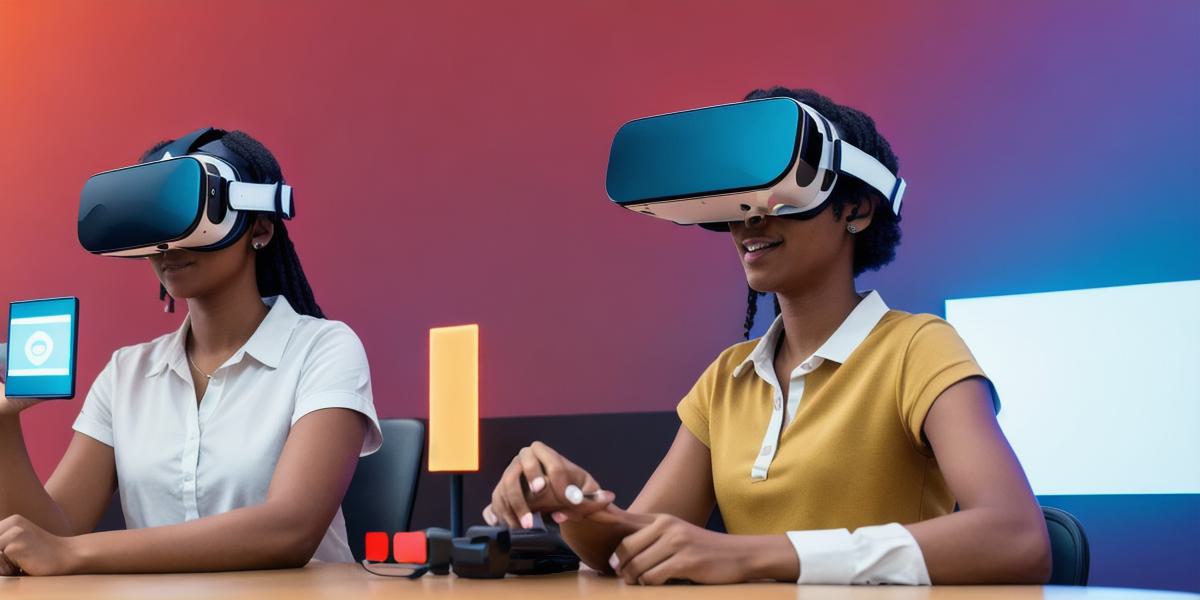The metaverse, a collective virtual shared space, has been a subject of fascination and anticipation for many. With the recent surge in interest and investment in this technology, questions about its accessibility have become increasingly relevant. Let’s explore whether access to the metaverse is limited to the wealthy elite or if it’s an inclusive space for everyone.
What is the Metaverse?
Before we dive into the accessibility discussion, let’s clarify what we mean by the metaverse. It’s a collective virtual shared space, created by the convergence of virtually enhanced physical reality and physically persistent virtual reality, resulting in a new form of human existence. Imagine a world where you can interact with others, build, create, learn, and socialize in a 3D environment, unbounded by geographical boundaries.
**The Misconception: A Playground for the Wealthy Elite?
**

It’s easy to assume that accessing the metaverse would require significant financial resources, given the recent high-profile investments and media attention it has received. However, this is a misconception. While it’s true that some aspects of the metaverse, like virtual real estate in popular areas or high-end avatars, can be expensive, there are also many free and low-cost options available.

**Affordable Access: Free Metaverse Platforms and Open Source Projects**
Several free metaverse platforms and open-source projects aim to make virtual experiences accessible to everyone. Decentraland, for example, is a decentralized virtual world where users can create, build, and monetize content and applications. Sandbox, another platform, allows users to buy, sell, and develop virtual land and monetize their creations. Both platforms use blockchain technology, ensuring that transactions are transparent and secure.
**Low-Cost Hardware: Virtual Reality Headsets and Controllers**
Another common assumption is that accessing the metaverse requires expensive virtual reality (VR) hardware. While high-end VR systems can be pricey, there are also more affordable options available. Google Cardboard, a simple VR viewer made from folded cardboard, can be purchased for less than $20 and transforms your smartphone into a basic VR headset. More advanced but still reasonably priced VR headsets like the Oculus Go and the Samsung Gear VR offer enhanced experiences without breaking the bank.
**Summary: The Metaverse is for Everyone**
The metaverse is not an exclusive club limited to the wealthy elite. With free platforms, affordable hardware, and a growing community of creators and innovators, it’s an inclusive space where everyone can explore, learn, and connect with others in a virtual world. So, whether you’re a student, a retiree, or anyone else looking for new ways to engage with the digital world, the metaverse is worth exploring.
